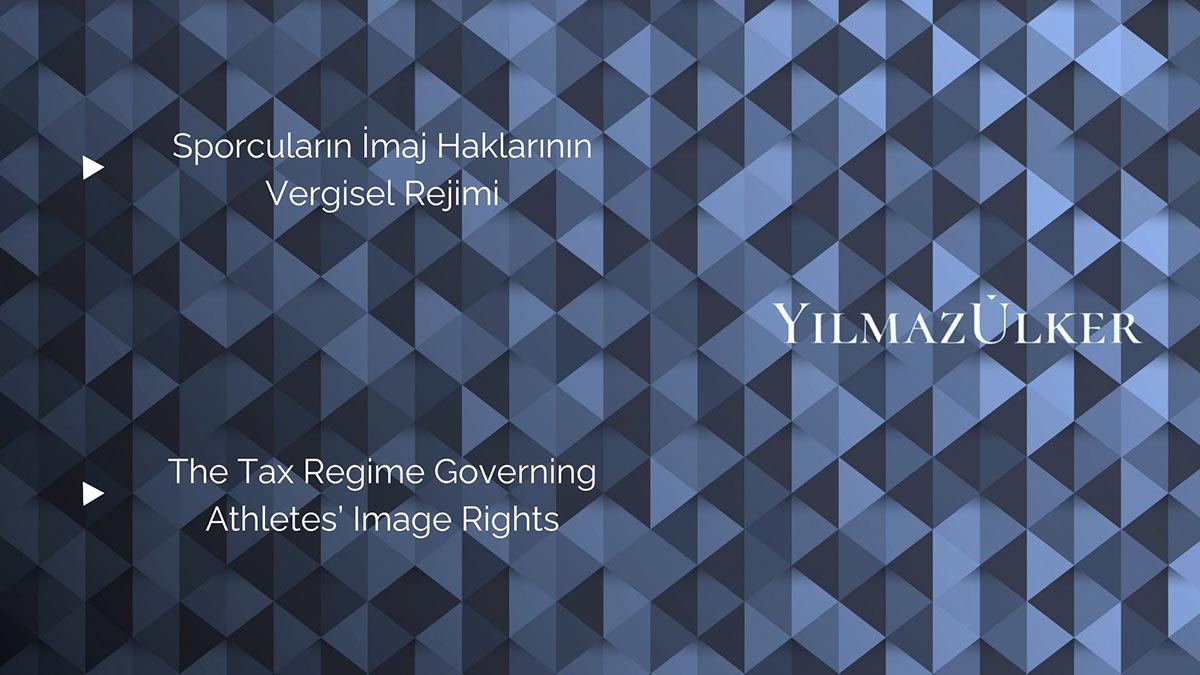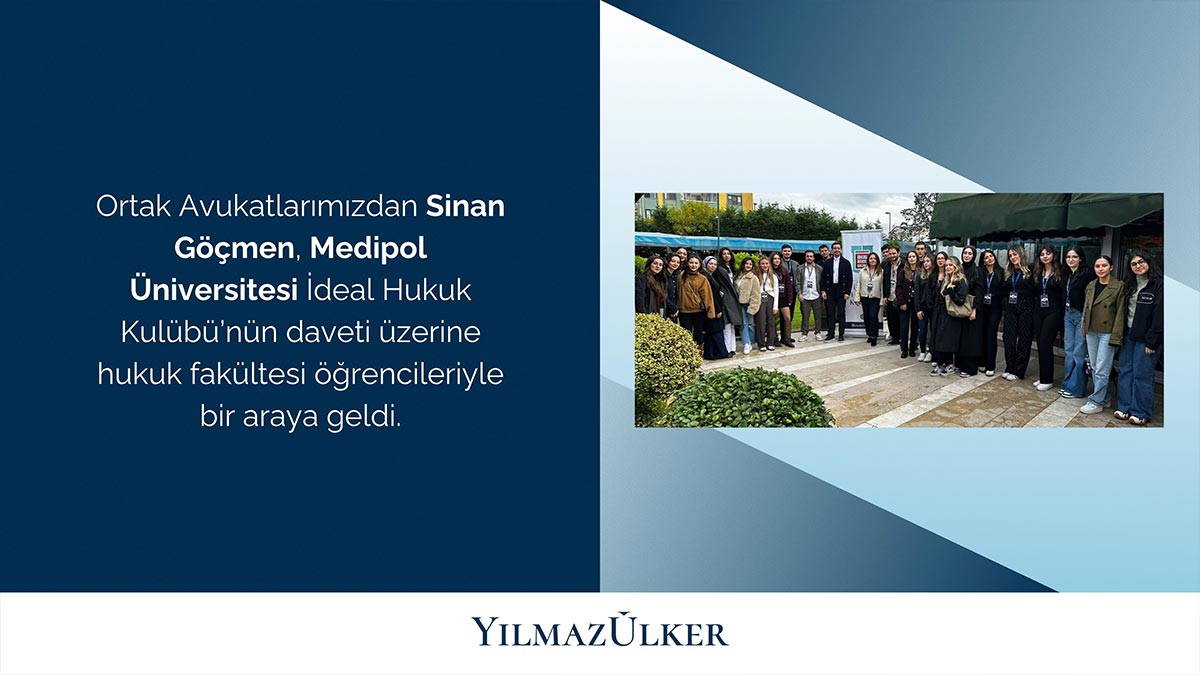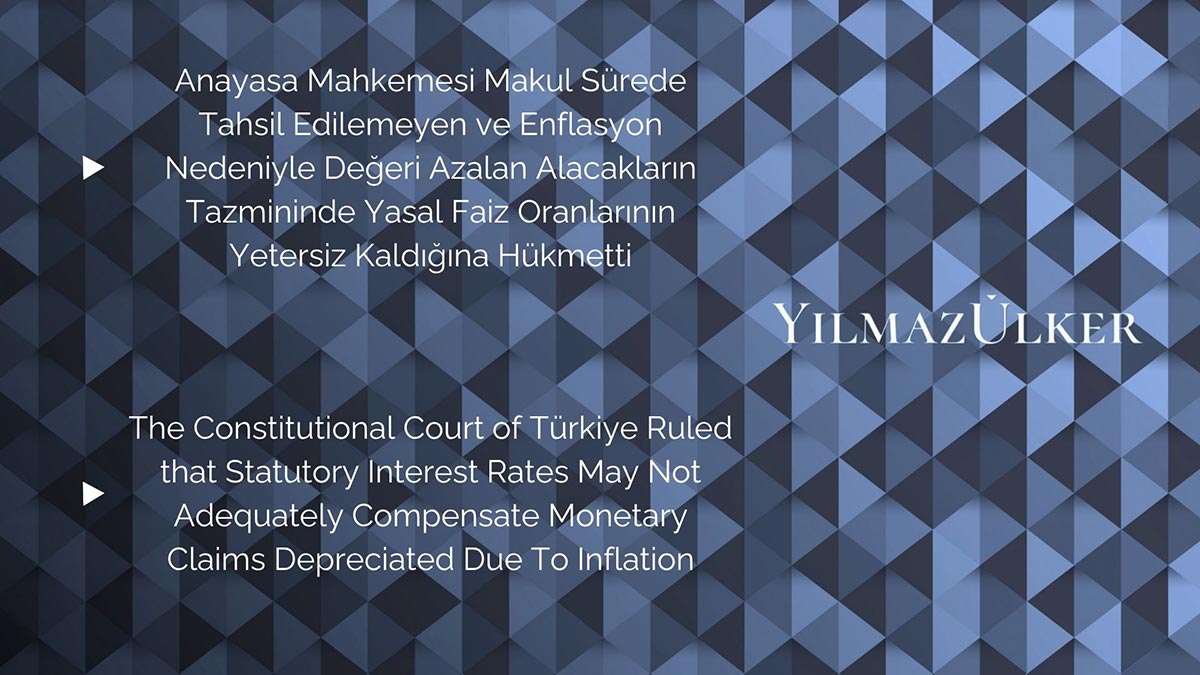
The Tax Regime Governing Athletes’ Image Rights
Introduction
In contemporary practice, an athlete’s public image has evolved into an asset of considerable economic value that extends well beyond sporting performance. “Image rights” encompass the commercial use of a person’s name, likeness, voice, signature, and similar personal attributes. These rights are recognized both as an extension of personality rights and as components of the individual’s patrimony. The licensing of image rights -typically through advertising and sponsorship agreements or via dedicated image-rights companies- raises novel and complex questions in tax law.
Legal Framework
Although Turkish law does not classify image rights as a distinct category of intellectual property, they are accepted as a manifestation of personality rights. The unauthorized use of an athlete’s name, image, or voice constitutes an infringement of personality under Articles 24 and 25 of the Turkish Civil Code No. 4721 (“TCC”). At the same time, athletes may exercise economic control over these personal attributes by granting licenses and entering into sponsorship or advertising arrangements, thereby deriving income from their exploitation.
In practice, elite athletes often prefer to channel these rights through an “image-rights company,” treating the exploitation of the rights as a business activity. Such structuring can facilitate the management of personal income and may yield tax advantages. However, where an image-rights vehicle is established solely for tax-driven purposes, the arrangement may be characterized as impermissible tax avoidance or even evasion. It is therefore essential that transactions concerning image rights rest on genuine commercial rationale.
International Tax Arrangements
Income derived from image rights may fall within the taxing jurisdiction of multiple states. The athlete’s state of residence may differ from that of the contracting sponsor, and the entity administering the image rights may be incorporated in a third jurisdiction. In such cases, double taxation treaties (“DTTs”) govern the allocation of taxing rights, typically interpreted with reference to the OECD Model Tax Convention and its Commentary.
Under the OECD Model, consideration received for the assignment or licensing of image rights is often treated as a “royalty” within the meaning of Article 12. By contrast, where the income is directly linked to a sporting performance, Article 17 (“Entertainers and Sportspersons”) may permit source-state taxation. In certain circumstances -particularly where the arrangement primarily involves the provision of services- the income may fall under Article 7 (“Business Profits”). The classification is determinative: mischaracterization can produce double taxation exposure or prompt allegations of avoidance or evasion, especially for resident athletes performing abroad, Turkish athletes contracting with foreign clubs, and non-resident athletes deriving income in Türkiye.
Turkish Tax Legislation
In Türkiye, the tax treatment of image-rights income is principally determined by the Income Tax Law No. 193 (“ITL”), the Corporate Tax Law No. 5220 (“CTL”), the Value Added Tax Law No. 3065 (“VATL”), and the Inheritance and Transfer Tax Law No. 7338 (“ITTL”).
As a rule, athletes’ remuneration constitutes “wages” for income-tax purposes. However, income from the assignment or licensing of image rights may, where arising from independent activity, be characterized as “royalties” or as “self-employment income,” with differing withholding and filing obligations. If image rights are managed through a company, the proceeds form part of corporate income. Image-rights companies lacking economic substance risk recharacterization by the tax administration as “disguised transactions.” Because the assignment or licensing of image rights constitutes a commercial activity, such supplies are generally subject to VAT. Upon an athlete’s death, the devolution of image rights by inheritance may be taxable under the VİVK, necessitating a defensible valuation of the rights.
Analysis
Image rights -the patrimonial projection of personality- are of growing significance in athletes’ branding and sponsorship strategies. The hybrid legal and economic character of the related revenue streams demands careful tax analysis.
In practice, the boundary between legitimate commercialization of image rights and tax-driven structuring can blur, creating material risks for both the administration and taxpayers. Accordingly, athletes, agents, and clubs should ensure that contractual frameworks clearly identify the nature of the income, the attendant tax obligations, and the effect of applicable DTTs.
To secure legal certainty and tax predictability in the commercialization of image rights, clearer statutory definitions and an administrative practice aligned with OECD standards are desirable. For athletes, clubs, and commercial counterparties alike, engaging qualified tax and legal advisers is essential to mitigate the risks of double taxation, non-compliance, and penalties.
The above information reflects the general assessments of YılmazÜlker Law Firm ("YılmazÜlker") regarding the subject matter and do not constitute legal opinion or legal consultancy services. Before taking any action based on the matters stated herein, it is recommended to seek professional legal advice by considering the specific circumstances of the case. YılmazÜlker shall not be held liable for any consequences arising from or in connection with the content of this document.


#YilmazUlker #ImageRights #ProfessionalAthletes #TaxLaw #Publication